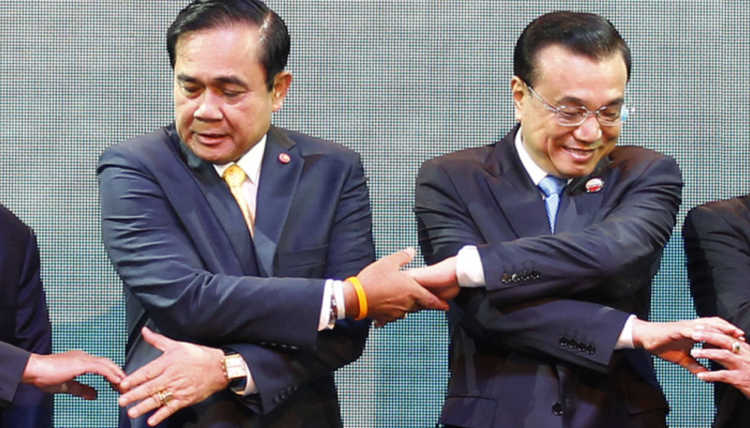Publication | 13/04/2015
China’s Position in Southeast Asia
Relations between China and the Southeast Asian states are shaped by both conflict and cooperation. In the current GIGA Working Paper, Pascal Abb and Georg Strüver investigate how these linkages impact countries’ alignment with China’s global agenda.

This paper uses the case of Sino–Southeast Asian relations to gain insights on China’s ability to muster support for its global agenda. The analysis focuses on the regional–global nexus of interstate relations and explores the extent to which the quality of two states’ regional relations influences the likelihood of behavioral alignment in global politics.
To this end, we consider a range of potentially influential aspects of Sino–Southeast Asian relations (the quality of bilateral relations based on recent event data, alliance policy, regime similarity, development level, and economic ties) and employ a statistical model to search for correlations with observed trends of voting coincidence in the United Nations General Assembly during the period 1979–2010. We find a strong correlation between the quality of regional bilateral relations and global policy alignment, which indicates that patterns of regional cooperation and conflict also impact the trajectory of China’s rise in world affairs.
Pascal Abb, Georg Strüver, Regional Linkages and Global Policy Alignment: The Case of China–Southeast Asia Relations, GIGA Working Paper, No. 268, März 2015
